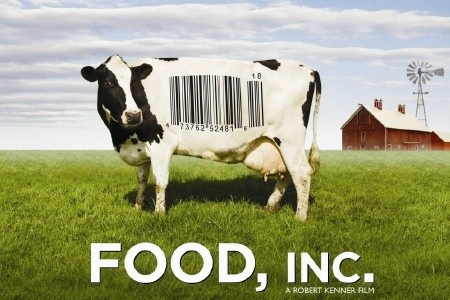The United States today spends some $400 billion a year importing oil from countries like Saudi Arabia, Nigeria, Mexico, Russia, and Venezuela. Think for a moment what an incredible impact that same $400 billion a year could have on our country if that money were invested here and not abroad, in such areas as weatherization, energy efficiency, sustainable energies like wind, solar, geothermal, biomass, public transportation and automobiles that are energy efficient or don’t use fossil fuels at all.
What we are talking about is an energy revolution that leads us toward energy independence, the cessation of support for foreign dictatorships and the ability to avoid Mideast wars fought over oil. What we are talking about is an energy revolution that will substantially reduce greenhouse gas emissions and enable us to address the global warming crisis that threatens our planet with increases in floods, drought, extreme weather conditions, disease and wars fought over limited natural resources. What we are talking about is an energy revolution that will result in cleaner air, water and food and make us a healthier nation.
And, as our nation struggles to recover from the worst economic times since the Great Depression, what we also are talking about is an energy revolution that has the capability of creating millions of good-paying green jobs.
These are jobs that will occur at every level of education and for every skill set. These are jobs for scientists, engineers, machinists, and electricians. These are jobs for workers who weatherize older homes and buildings and save consumers substantial sums on their fuel bills. These are jobs for factory workers who produce advanced insulation material, energy-efficient windows, improved roofing materials and LED light bulbs. These are jobs that build, distribute, install and maintain wind turbines, photovoltaic panels, solar hot water systems, geothermal heating and cooling systems, and biomass heating systems. These are jobs on our farms and in our forests producing biofuels and converting farm waste to electricity.
I see a future where by 2025, we are producing a quarter or more of our electricity from clean, sustainable energy sources. I see a revitalized American manufacturing base where instead of importing 90 percent of the batteries used in hybrid vehicles, 46 percent of solar photovoltaic cells and modules, and half of all wind turbines used in the U.S., those product are made right here at home. I see a future where American companies lead the world in the production of hybrid-plug in cars and electric vehicles.
I see a future where instead of creating 330 jobs to build yet another fossil-fuel power plant, we create 4,000 jobs building a solar thermal plant that has no carbon dioxide emissions and does not pollute our air because the only fuel is endlessly renewed, no-cost sunlight. These plants, according to the Interior Department secretary, could provide up to 29 percent of the electrical needs of our country.
I see a future where by 2020 our nation follows the example of a state like Vermont, which, in the last two years, has seen electricity demand lowered because of energy efficiency efforts. Investing in energy efficiency is cost-effective; it saves 3 cents per kilowatt hour compared to the 14 cents it costs to generate the same amount of power.
I see a future where states compete with one another to see which can be the most efficient, and where businesses seek out efficient states in which to locate so they can reap the economic and environmental benefits for their businesses and employees.
I see a future where getting to work, or to school, or to the store does not have to cause pollution. I see a future where plug-in hybrid cars and electric vehicles are commonplace, producing a fraction of the emissions of conventional vehicles while providing the same mobility for drivers.
I see a future where we rebuild our mass transportation and rail systems. For every $1 billion we invest in public transportation, we create 30,000 jobs, save thousands of dollars a year for each commuter, and dramatically cut greenhouse gas emissions.
The bad news is that if we do not act boldly to address the global warming crisis, the consequences for our planet and future generations will be dire. The good news is that we have the knowledge and technology today, which will only improve in the future, to address that crisis. Yes, we can dramatically cut greenhouse gas emission. Yes, we can create an energy independent nation. Yes, we can create millions of good paying green jobs in the process. Let’s do it!



